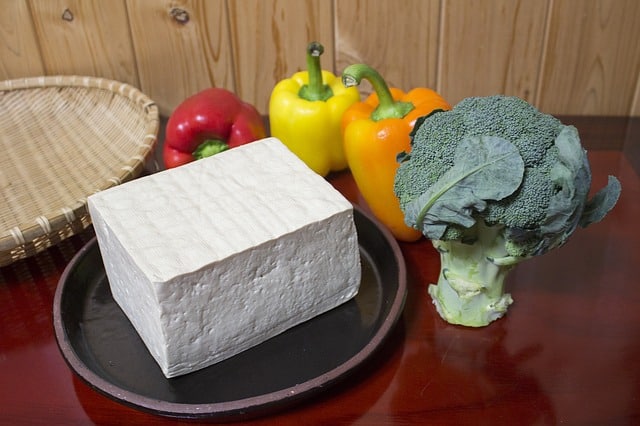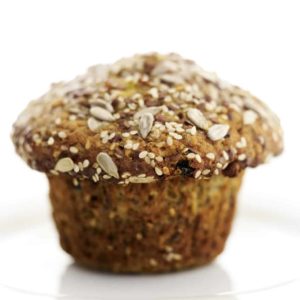
Karen writes: “How would you rate tofu as a source of calcium? Is it bioavailable?”
Calcium sulfate is often used as a coagulant in the tofu making process. It’s added to the soymilk to get it to set into a solid form. The more coagulant you add, the firmer the tofu gets. As a result, firm tofu will contain more calcium per serving.
The exact amount of calcium per serving varies considerably by brand, so check those nutrition facts labels.
Calcium sulfate is also a bioavailable form of calcium which can rival milk as a source.
A cup (8 oz) of milk contain about 300 mg of elemental calcium, about a third of which is absorbed from the digestive tract, providing about 96 mg of calcium. A three ounce serving of firm tofu can also provide 300 mg of calcium. Despite a slightly lower absorption rate, you’d still get about 93 mg of calcium out of it.
Note that the recommended intake of calcium (1000 to 1200mg per day) is based on the amount of calcium in the food and not the amount of calcium that you absorb. In other words, the recommendations take into consideration the fact that calcium absorption varies from food to food and are based on typical dietary patterns.






